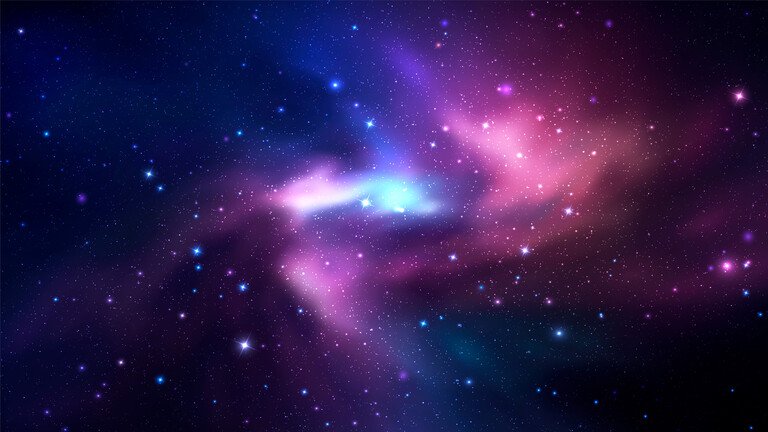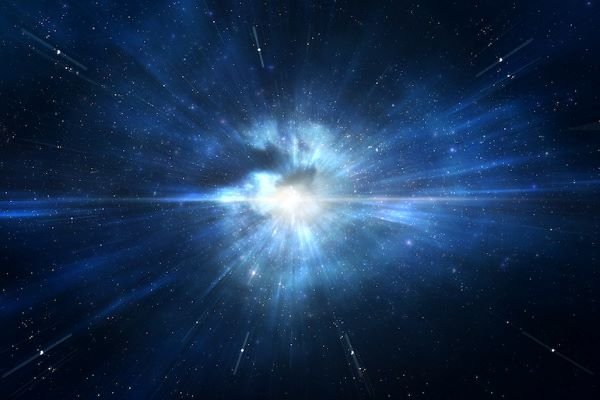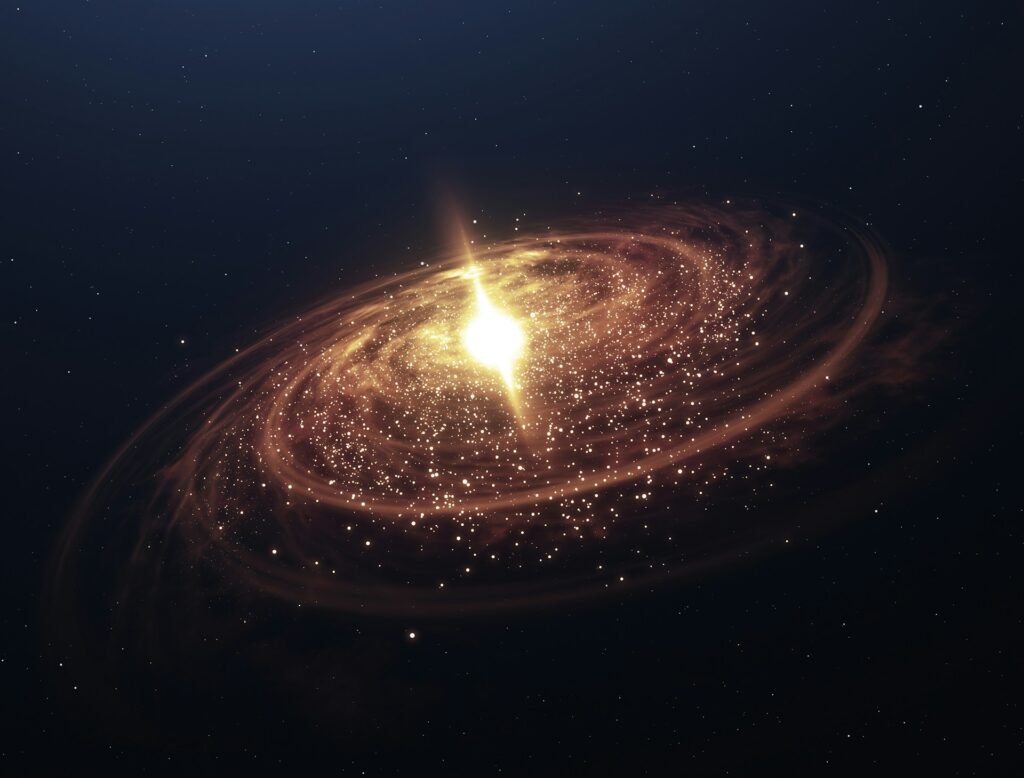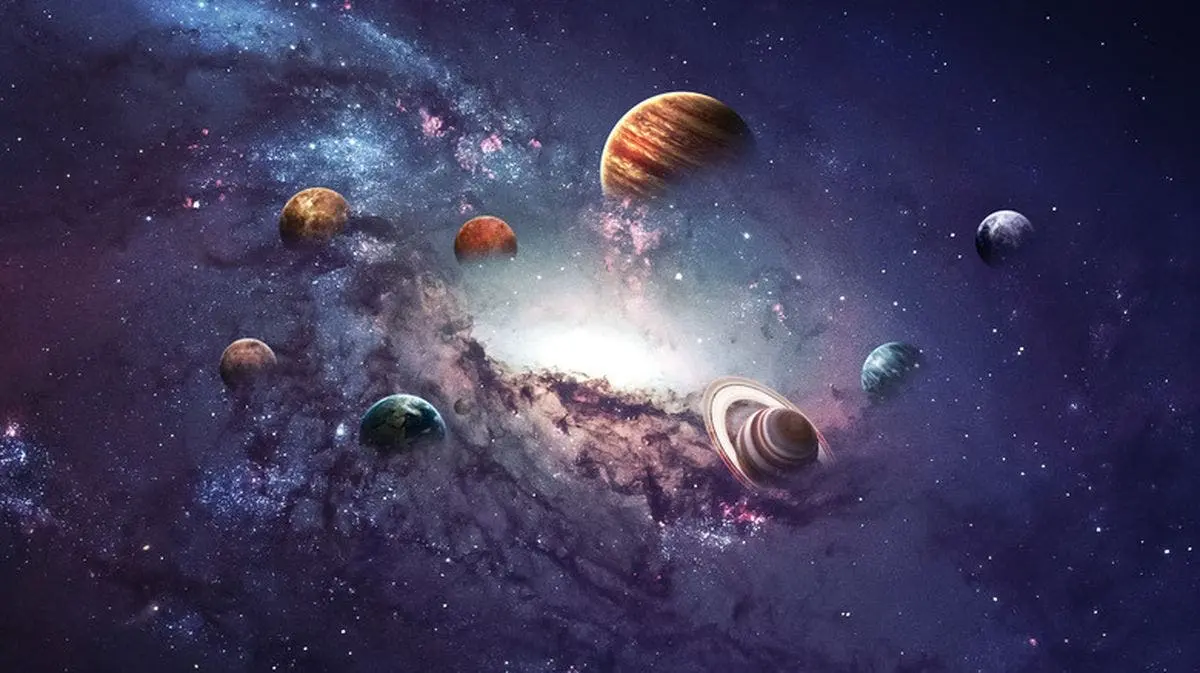Unveil the mysteries of the universe! Explore how the Big Bang Theory lays the foundation for everything we know about space, time, and cosmic evolution.
The Big Bang Theory: The Beginning of Everything
The Big Bang Theory is one of the most significant concepts in space science and astrophysics, offering us a glimpse into the origins of our universe. Understanding the Big Bang means understanding how the cosmos we see today came into being. Let’s journey back in time and explore the foundation of everything we know!
What Is the Big Bang Theory?

At the core of the Big Bang Theory lies the idea that the universe began from an extremely hot and dense state approximately 13.8 billion years ago. Initially, everything in existence was concentrated into a single point, known as a singularity. Then, an explosive expansion occurred, leading to the birth of space, time, and matter as we know them today.
The Birth of Space and Time

The concept of the Big Bang challenges our understanding of space and time. Prior to this event, space and time did not exist in the form we comprehend. The Big Bang wasn’t an explosion in space, but rather an expansion of space itself. This expansion continues to this day, with galaxies moving away from each other as the universe expands.
How the Universe Evolved

As the universe began to cool, subatomic particles started to form, eventually creating atoms. Over millions of years, these atoms combined to form stars and galaxies. Cosmic microwave background radiation (CMB), which is the afterglow of the Big Bang, provides evidence of this early universe and serves as one of the most significant discoveries in cosmology.
Dark Matter and Dark Energy: The Missing Puzzle Pieces

Despite the progress made in understanding the Big Bang, much remains to be uncovered. The existence of dark matter and dark energy — two mysterious components that make up most of the universe — challenges our current models of cosmology. Scientists continue to search for answers to understand how these elusive forces shape the universe’s behavior.
The Big Bang Theory, one of the foundational principles of cosmology, explains how the universe began and has evolved into its current state. It’s the starting point for understanding space, time, and the fundamental forces that shape our universe. This theory not only answers the question of “how” but also provides a glimpse into the “why” of the universe’s creation.
A Closer Look at the Big Bang
The Big Bang isn’t an explosion in the traditional sense. Instead, it was a rapid expansion that happened from a singular point, a state of infinite density and temperature. This state is known as a singularity, where all matter and energy were condensed into an incredibly small volume.
At the moment of the Big Bang, the universe began to expand, marking the beginning of space and time. This expansion didn’t happen at a single point in space, but rather, it was the expansion of space itself. In the first fractions of a second, the universe went through several phases that defined its structure and content.
The Fate of the Universe: What Happens Next?
While the Big Bang Theory explains how the universe began, it also raises questions about its future. The ultimate fate of the universe depends on several factors, including the rate of expansion and the influence of dark energy. There are several possible outcomes:
- The Big Freeze: If the universe continues to expand indefinitely, it will eventually reach a state where galaxies, stars, and planets drift apart. The universe will become colder and darker over time, leading to a “Big Freeze.”
- The Big Crunch: If the expansion of the universe slows down and reverses, all matter and energy will eventually collapse back into a singularity, resulting in a “Big Crunch.”
- The Big Rip: If dark energy continues to accelerate the expansion of the universe, it could eventually tear apart galaxies, stars, and even atoms, leading to a “Big Rip.”
The Continuing Journey

Even with all the progress made in understanding the Big Bang Theory, there is still much to explore. New observations, technological advancements, and theoretical developments continue to refine our knowledge of the universe’s origins and future. The study of cosmology and astrophysics is ever-evolving, and each discovery opens new doors to understanding the vast and mysterious cosmos.
The Big Bang Theory remains the most widely accepted explanation for the origin of the universe. From its birth in a hot, dense state to the formation of stars and galaxies, this theory provides a comprehensive framework for understanding the cosmos. As we look deeper into space, we uncover more mysteries — like dark matter, dark energy, and the potential fate of the universe — that will continue to shape the future of astrophysics.
With advances in technology and scientific collaboration, the exploration of the Big Bang and the universe’s beginning is far from over. As we look to the stars, we continue to unveil the story of everything.
Disclaimer: This blog is intended for informational and educational purposes only. The views expressed are personal opinions or general insights, not professional or legal advice. Readers should do their own research or consult relevant professionals before taking action based on this content.
#BigBangTheory #SpaceScience #Astrophysics #Cosmology #UniverseOrigins #BigBang #CosmicHistory #AstronomyFacts #ScienceExplained #AstronomyLovers #StellarEvolution #SpaceExploration #Astrophysicists #BigBangDiscovery #ScienceBlog #UniverseCreation#carrerbook#anslation


Leave a Reply